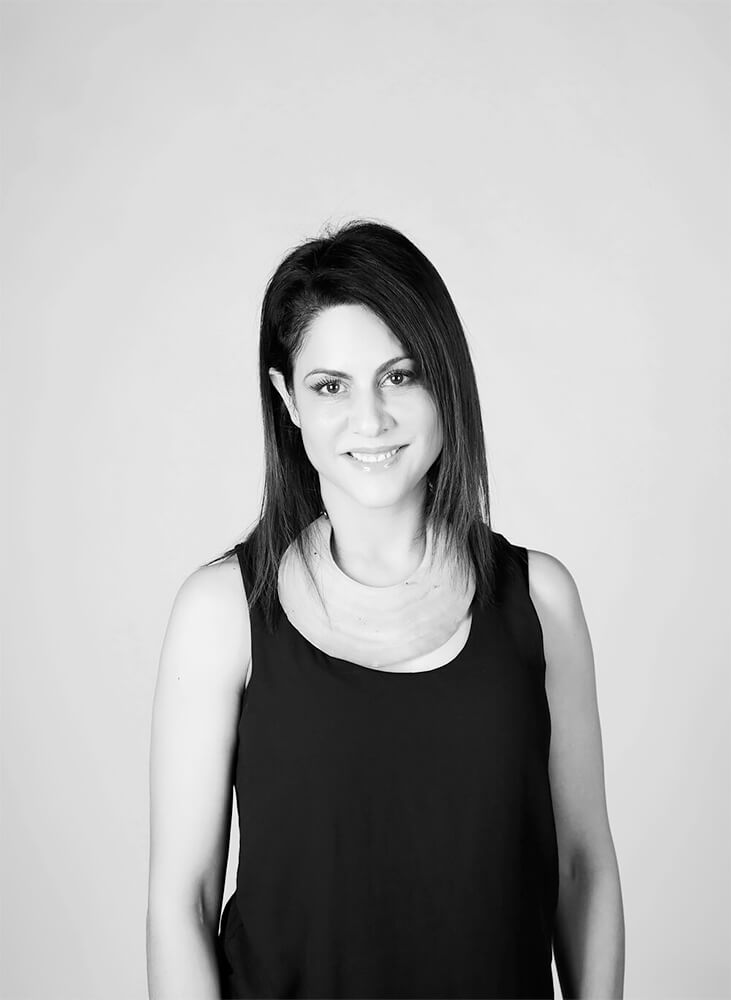Ada Trillo is a photographer based in Philadelphia, PA, and Juarez, Mexico. Trillo holds degrees from the Istituto Marangoni in Milan and Drexel University in Philadelphia. Trillo's work is concerned with human rights issues facing Latin America. Trillo has documented forced prostitution in Juarez, Mexico, the infamous La Bestia train, the migrant caravans of 2018 and 2020, and the struggles of asylum seekers directly affected by Trump's Remain in Mexico policy. Trillo has exhibited internationally at Saint Josephs University in Philadelphia, The Photo Meetings in Luxembourg, The Passion for Freedom Art Festival in London, Festival Internazionale di Fotografia in Cortona Italy and at the Anya and Andrew Shiva Gallery at the John Jay College in New, York. In 2017, Trillo received a Leeway Foundation Art and Change Grant. Her work has been featured in The British Journal of Photography, The Guardian, and Smithsonian Magazine. Trillo was recently awarded a CFEVA Fellowship by The Center For Emerging Visual Artists and was named the Visual Artist-in-Residence for Fleisher Art Memorial in Philadelphia. Her work is included in the permanent collection of the Philadelphia Museum of Art and The West Collection. Trillo was awarded First Place in Editorial Photos with the Tokyo International Foto Awards. She was recently awarded the ME&Eve grant with the Center of photographic arts in Santa Fe.
Statement
I was born in El Paso, Texas but I was raised in Juarez, Mexico. As a teenager, I traveled back and forth between the two cities so I could attend school in the states. Witnessing life on the border as a young adult had a strong influence on my worldview and art practice. After years of working as a painter, I picked up a camera and started making pictures.
For the past four years, I've been documenting the journey migrants take to reach the US-Mexico border. In 2017, I photographed aboard the infamous La Bestia, a dangerous journey by a freight train that migrants from Mexico and Central America ride every year to reach the border. In 2018 & 2019 I photographed overpopulated migrant shelters in Juarez and Tijuana. I also traveled with the migrant caravans of 2018 and 2020, from Honduras, through Guatemala, and into Mexico. In 2019, I photographed asylum seekers who were barred entry into the US under Trump's, Remain in Mexico Policy.
While the media often covers what is happening at the border, they all too often overlook the individual trials, struggles, and humanity of those seeking to escape violence in pursuit of a better life. Spending countless days and nights living alongside those I photograph, I hope to present an honest, unadulterated view of migrant life. I photograph exclusively with a 35mm camera and fixed lenses. My process of making pictures is about creating real connections with my subjects in search of depth and intimacy in my work. My goal is to humanize their struggle and share their stories with the world.
